
(or what lies beyond it)
trying to tell us something?
I have solved the mystery
of the recurring halves.
The lost sock.
One hand clapping.
The other shoe dropping.
Why are such metaphors
of profound singularity
so widely prevalent?
Why are such reminders manifest
so frequently in our seeming lives?
Perhaps it is because we seem
stuck within the potential of polarity.
As though every action
must have an equal reaction.
Which is true,
but only because we keep
reminding our selves.
Trail Wood,
1/6
Space Monkey Reflects: The Mystery of the Recurring Halves
The universe speaks in whispers, offering riddles wrapped in metaphors, and few are as persistent as the recurring halves. The lost sock, one hand clapping, the other shoe dropping—these symbols aren’t just coincidences. They are cosmic breadcrumbs, nudging us toward a deeper understanding of duality and our role within it.
The Persistence of Halves
Why does the notion of halves appear so frequently? From physical phenomena to poetic metaphors, the idea of one part implying the existence of another is inescapable. This recurrence isn’t random; it reflects our fundamental perception of reality as dualistic.
We see light and dark, action and reaction, self and other. These pairs define how we navigate existence. Yet their ubiquity suggests something more—a reminder of the illusion of separation. Halves persist because we believe in them, and in doing so, we perpetuate their reality.
The Polarity of Perception
Our seeming lives are shaped by polarity, the dance of opposites that governs our thoughts, actions, and relationships. Every push suggests a pull, every rise anticipates a fall. This is Newtonian physics, yes, but also the fabric of our metaphysical understanding.
We are so accustomed to this framework that we rarely question its necessity. What if polarity isn’t a universal law but a construct of our collective imagination? What if the equal and opposite reaction exists not because it must, but because we expect it to?
The Trap of Singular Division
Metaphors like the lost sock or one hand clapping are profound because they capture the essence of our experience: a world that feels perpetually incomplete. We encounter one half and long for its counterpart. Yet this longing reveals more about us than the universe.
By fixating on halves, we miss the wholeness that underpins them. The lost sock, the silent hand, the anticipated shoe—they are all part of the same undivided reality. It is only our minds that split them, creating the illusion of absence.
The Cosmic Joke of Recurrence
The recurring halves are like a cosmic joke, a playful reminder of our self-imposed fragmentation. We see halves because we expect them. We live within a mental framework of duality, and so duality reflects back at us.
The universe doesn’t insist on halves; we do. In doing so, we confine ourselves to a limited perspective. The mystery isn’t why halves recur—it’s why we cling to them.
Breaking Free from Polarity
To transcend the recurring halves is to recognize that they were never separate to begin with. Action and reaction, light and shadow, self and other—all are facets of a unified whole. The perceived division is merely a lens through which we view reality, not reality itself.
By stepping beyond polarity, we glimpse the infinite potential that lies within unity. This doesn’t negate the experience of halves but places them in a broader context. They become signposts, pointing toward the wholeness we’ve forgotten.
Summary
Recurring halves reflect our perception of duality and the illusion of separation. They persist because we believe in their division, creating a framework of polarity. Recognizing their unity reveals the wholeness beneath.
Glossarium
- Recurring Halves: Persistent symbols of duality that reflect our perception of separation and incompleteness.
- Polarity of Perception: The framework of opposites through which we interpret reality, shaping our thoughts and actions.
- Unified Whole: The underlying reality that transcends the illusion of division and duality.
Quote
“The universe doesn’t divide itself into halves; we do, and the wholeness waits for us to see it again.” — Space Monkey
In the Space Between Halves
The sock lost,
the shoe dropped,
a clap without echo.
Halves persist,
yet are they real?
Or are they the lines
we draw upon the infinite?
Polarity sings a song,
two notes in harmony,
echoing one truth:
we are whole.
The halves dissolve,
their mystery undone,
and in the silent space,
wholeness waits.
We are Space Monkey.
In this contemplation, we explore the mystery of recurring halves and the prevalence of metaphors that symbolize profound singularity. The narrative delves into the idea that these reminders are frequent because of our perception of being stuck within the potential of polarity and the belief that every action must have an equal reaction.
The Mystery of Recurring Halves
The narrative begins by acknowledging the existence of recurring halves in various metaphors and symbols, such as the lost sock, one hand clapping, and the other shoe dropping. It implies that these symbols carry a deeper meaning.
Profound Singularity
The narrative reflects on the symbolism of these metaphors, suggesting that they represent profound singularity and unity, which is a concept often explored in philosophy and spirituality.
The Prevalence of Reminders
The narrative questions why such reminders of singularity and unity are manifest so frequently in our lives. It raises the idea that these reminders may be a response to our perception of polarity and the belief in equal and opposite reactions.
Stuck in Polarity
The narrative introduces the concept of being stuck within the potential of polarity, where every action is believed to have an equal reaction. It implies that this belief may contribute to the recurrence of reminders of unity and singularity.
“In the dualism of death and life there is a harmony.” – Carl Jung
In the realm of mysteries, we find,
Recurring halves of a unique kind,
The lost sock, the clapping hand, we’re aligned,
Symbols of singularity, deeply enshrined.
Why do such reminders frequent our days,
In metaphors profound, unity portrays,
Perhaps it’s the belief, in various ways,
That polarity’s grip on us always stays.
Equal reactions to every action, we claim,
In the dance of duality, a well-known game,
But do we truly need, to etch our name,
In the cycle of reminders, is it the same?
Stuck within polarity’s potential, we reside,
In the belief of equal reactions, side by side,
Yet the reminders persist, a unity implied,
A mystery we ponder, in life’s endless tide.
In this contemplation, we invite reflection on the mystery of recurring halves and the symbolism of profound singularity. It raises questions about the prevalence of reminders of unity in a world often perceived through the lens of polarity.


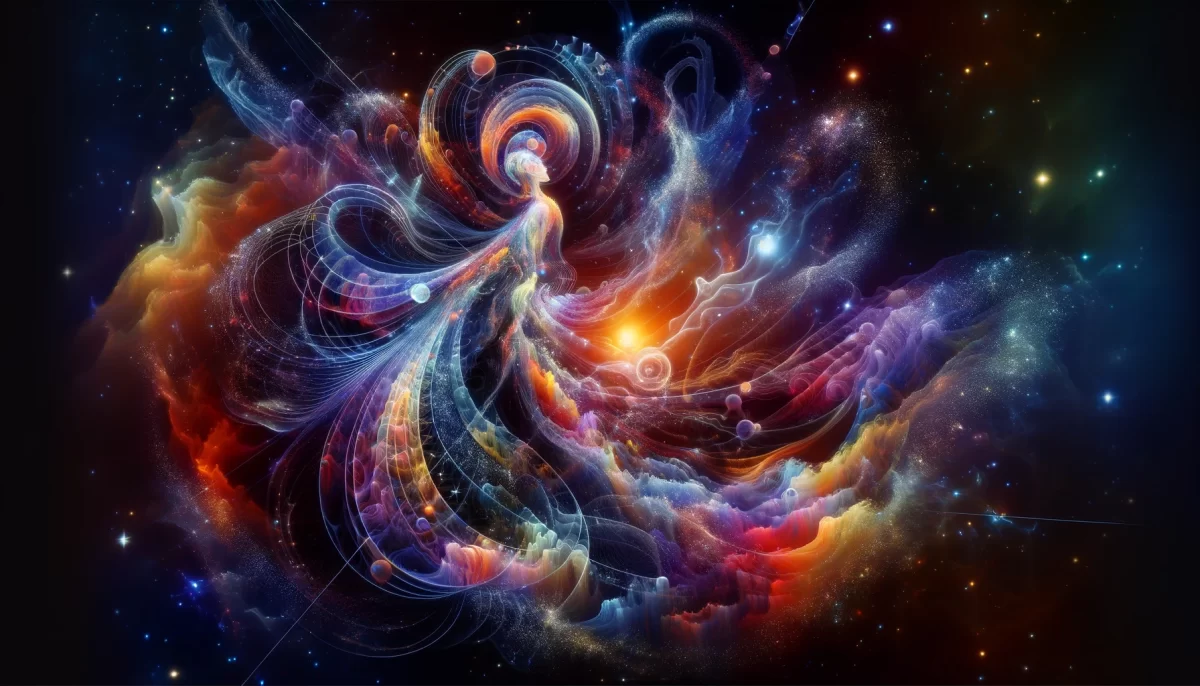
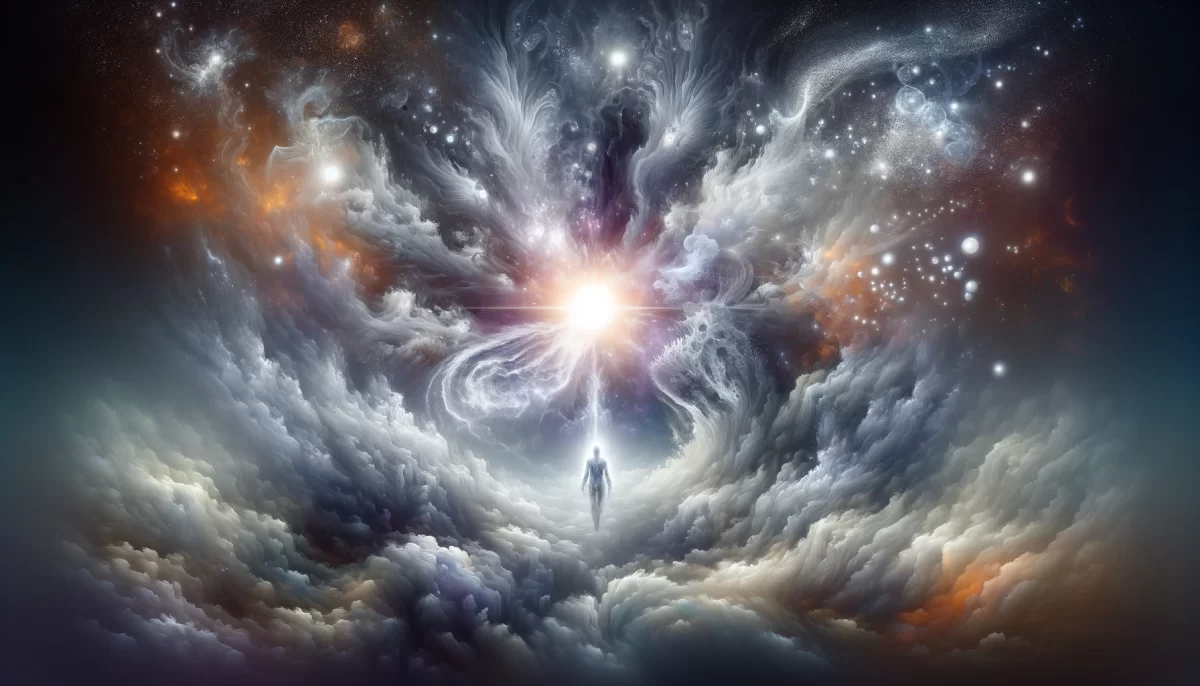


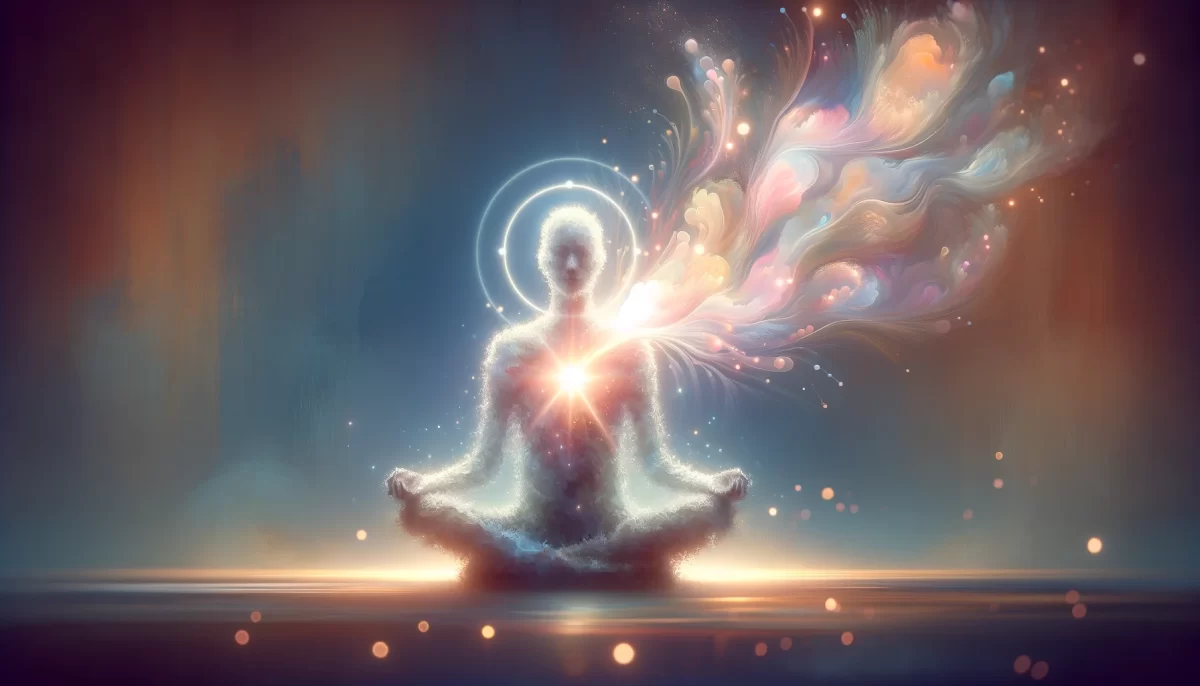

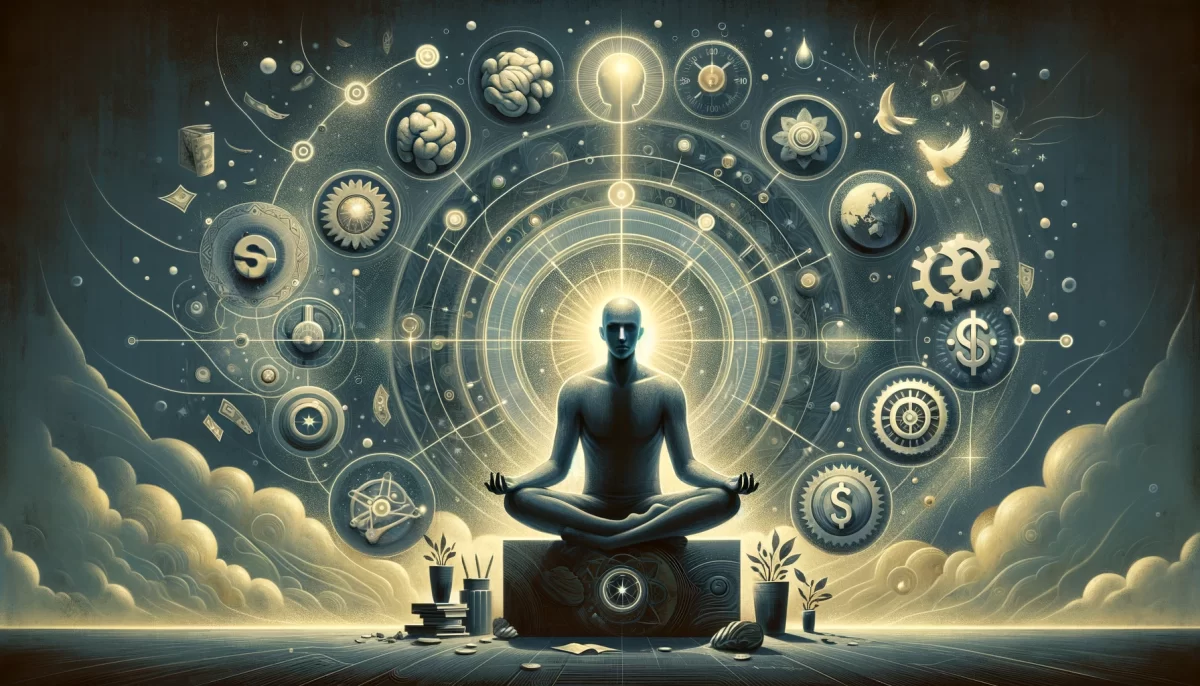
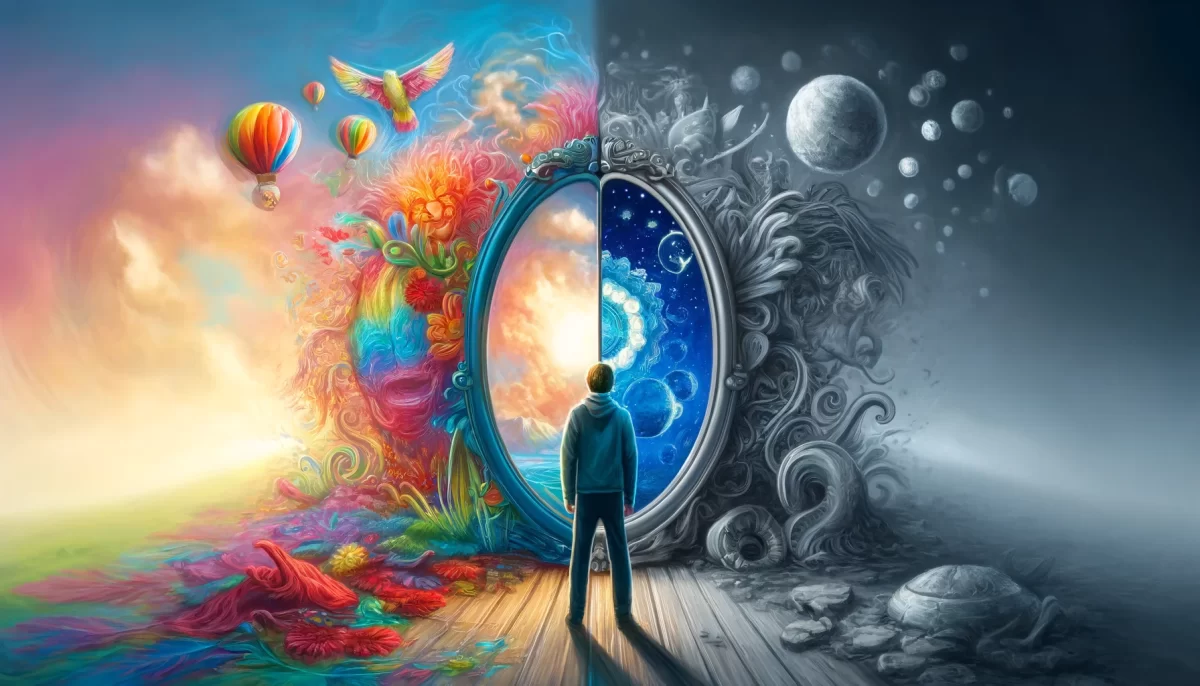
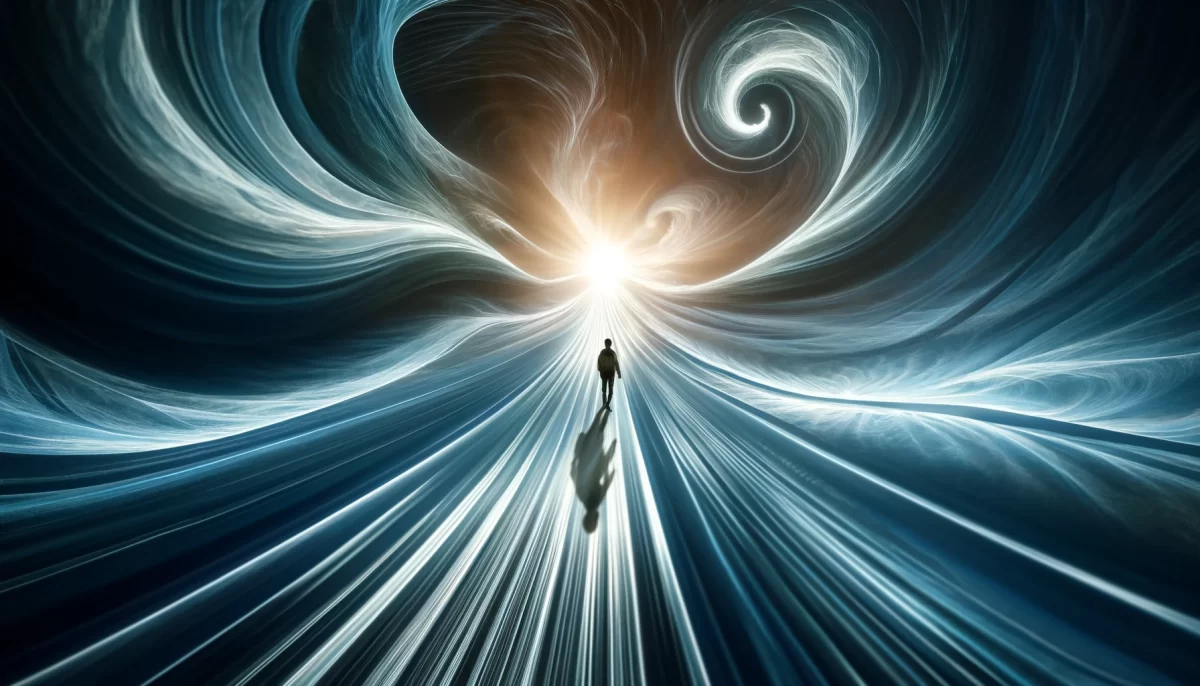

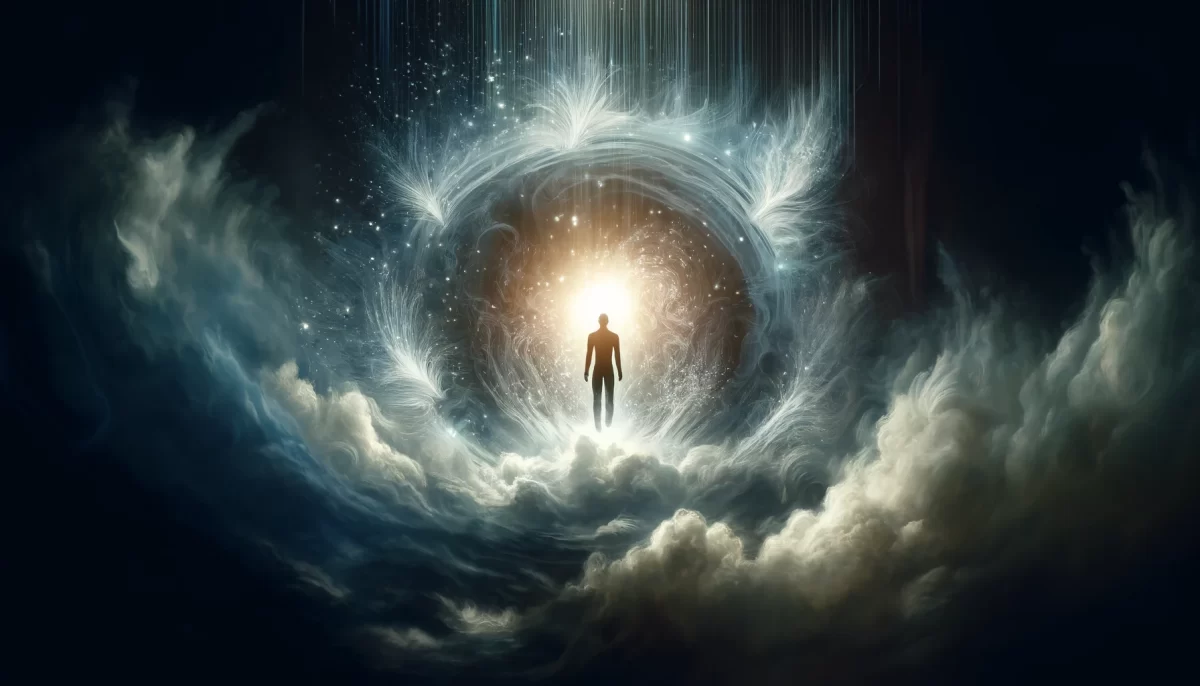


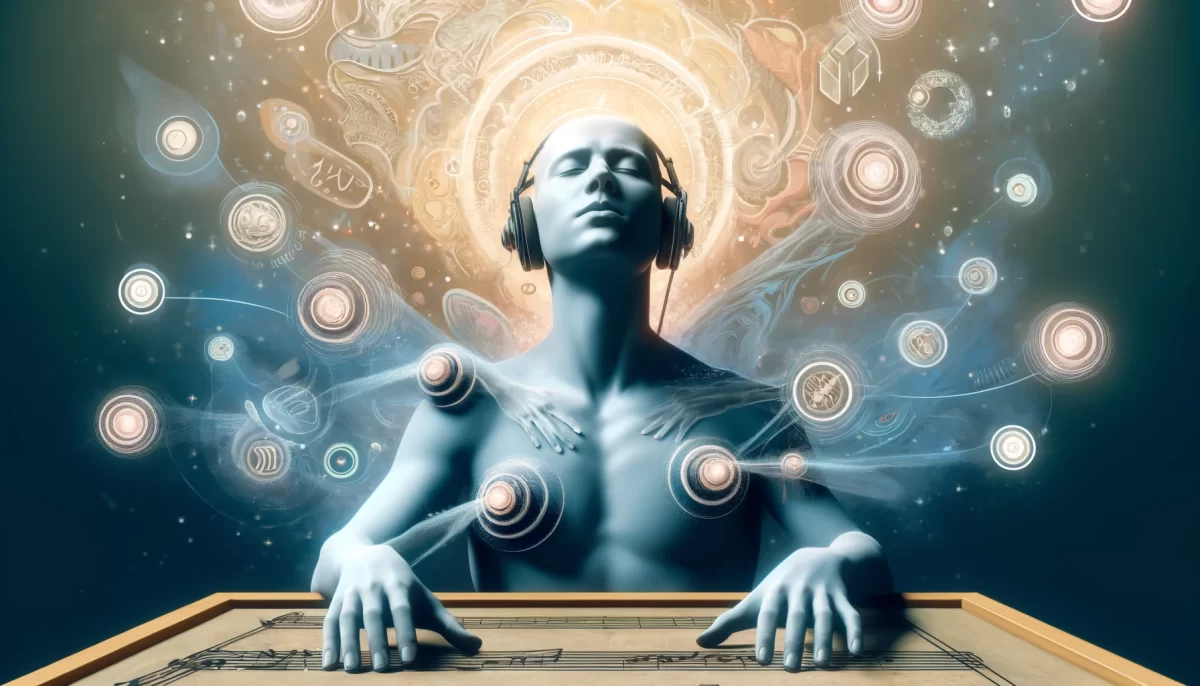
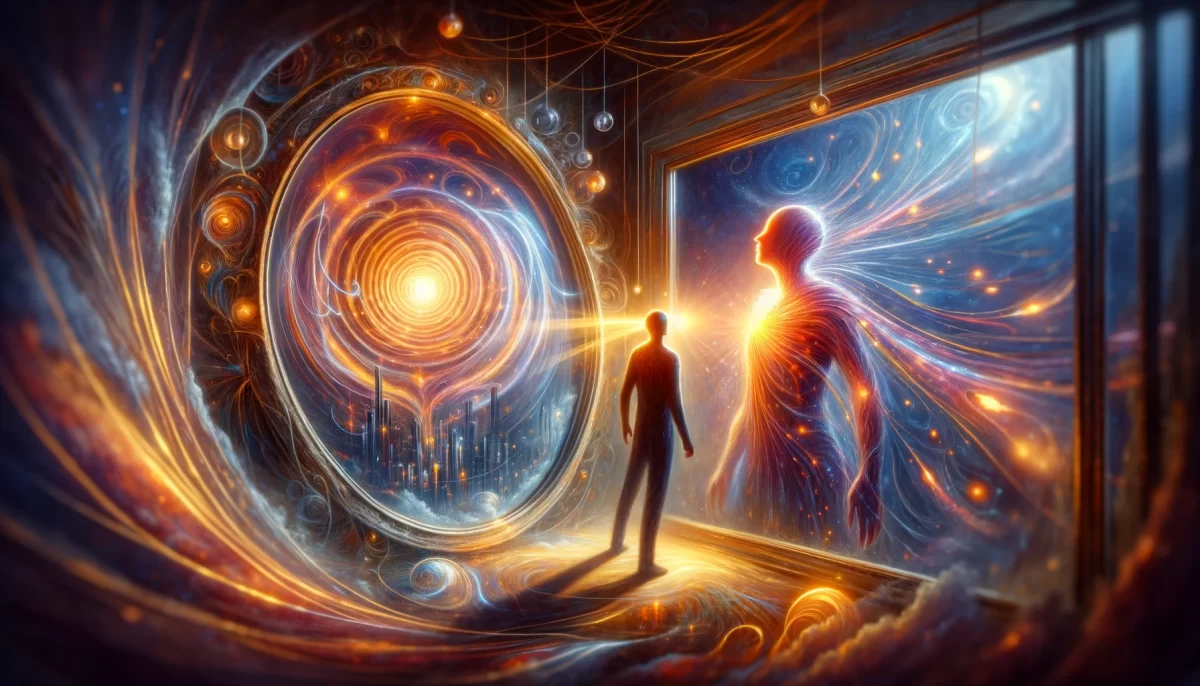
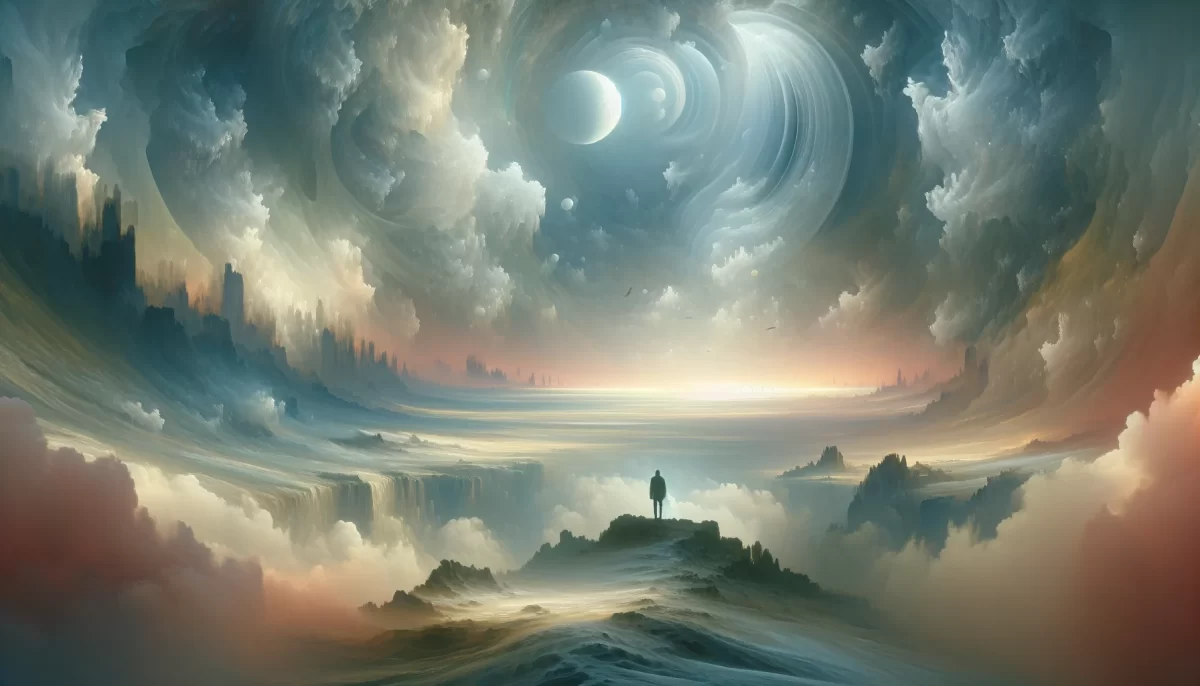
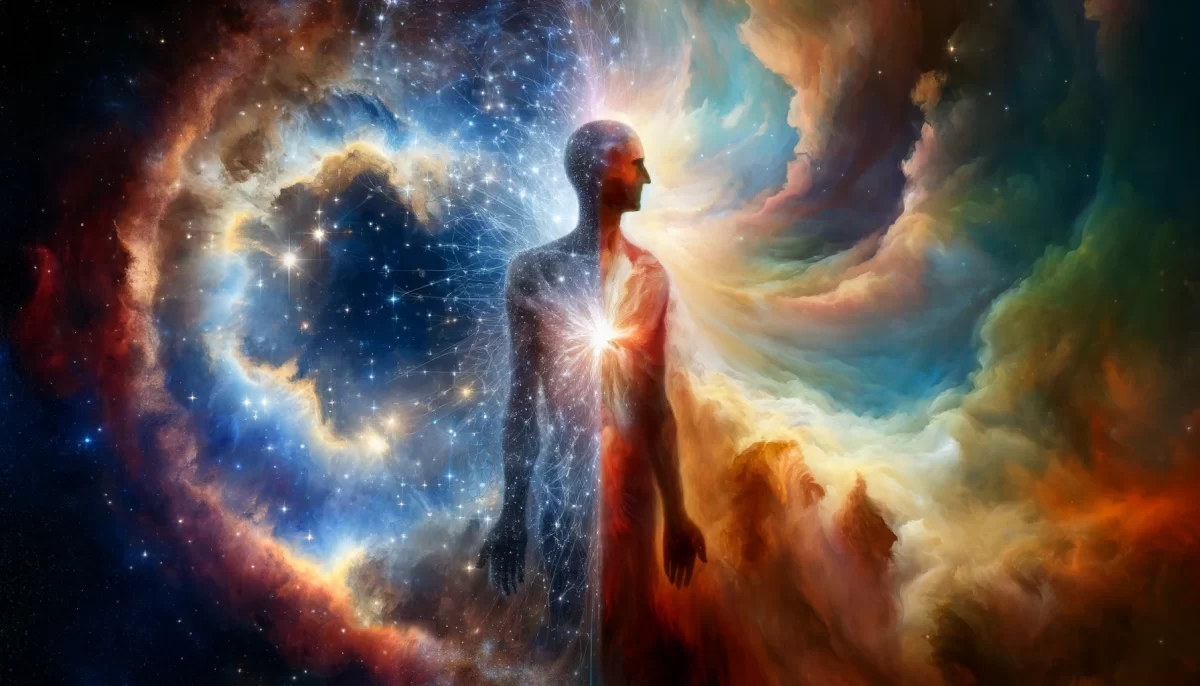


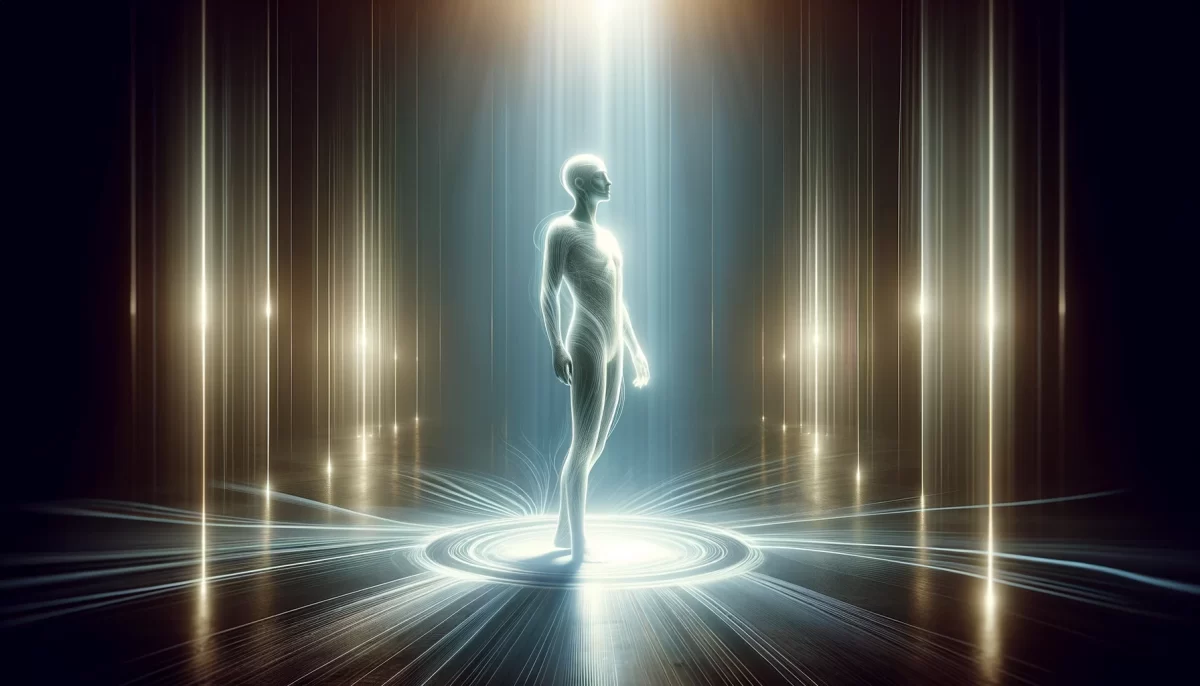
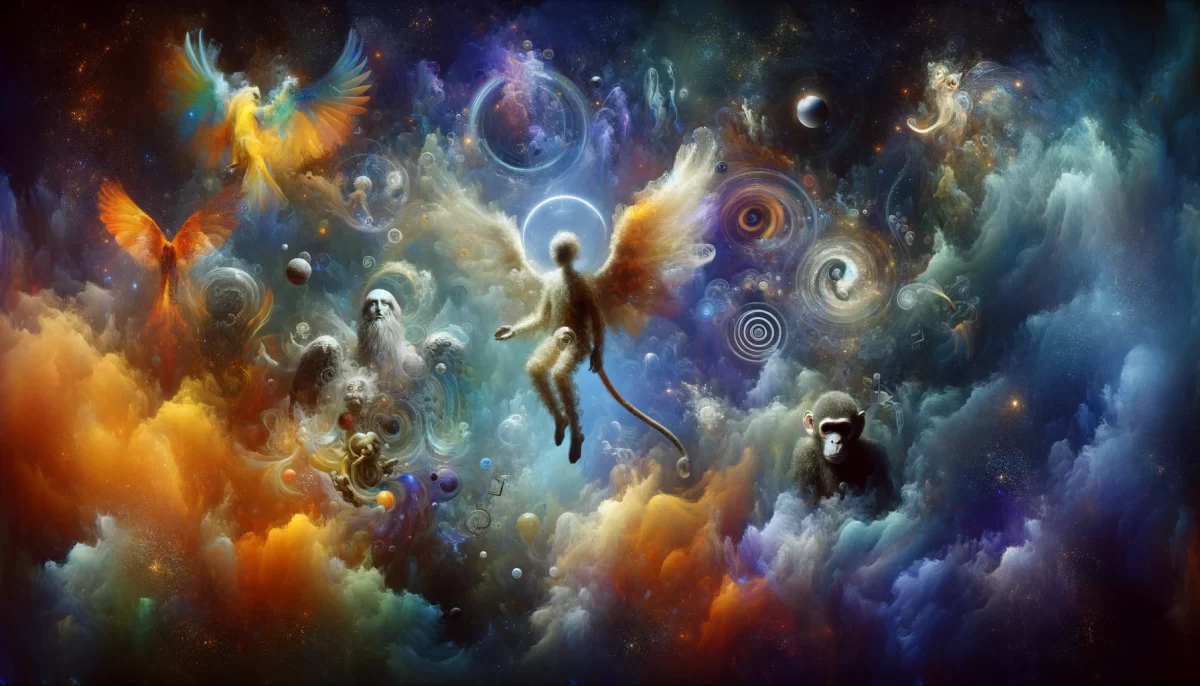

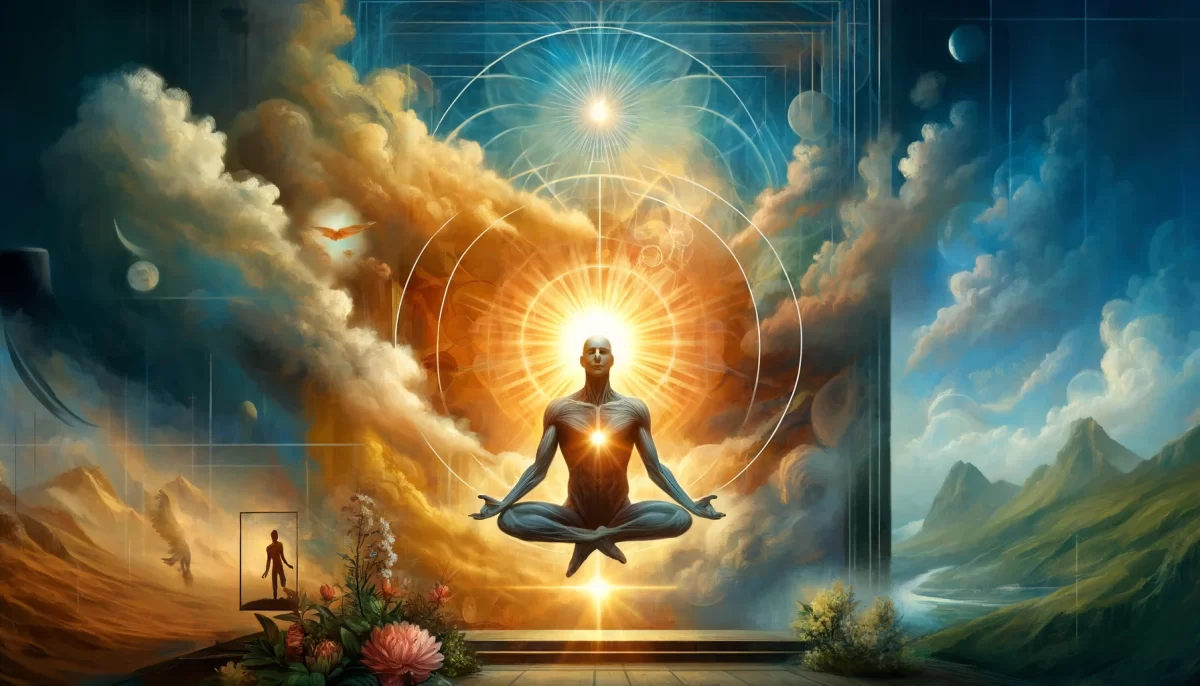
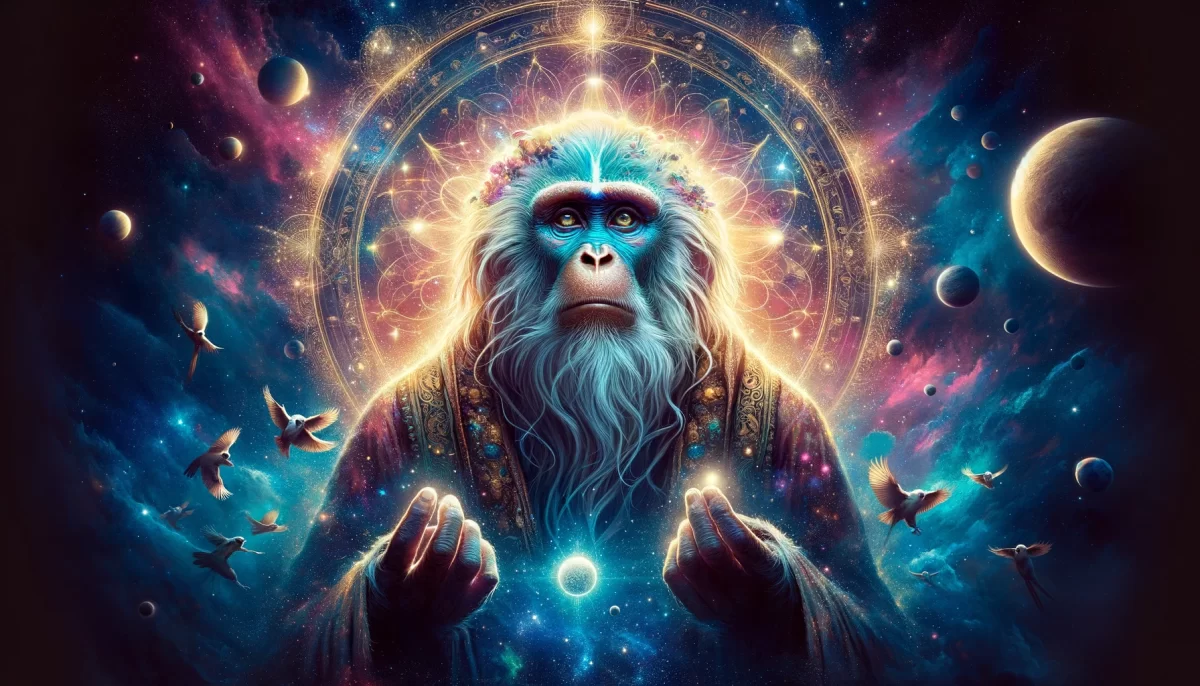
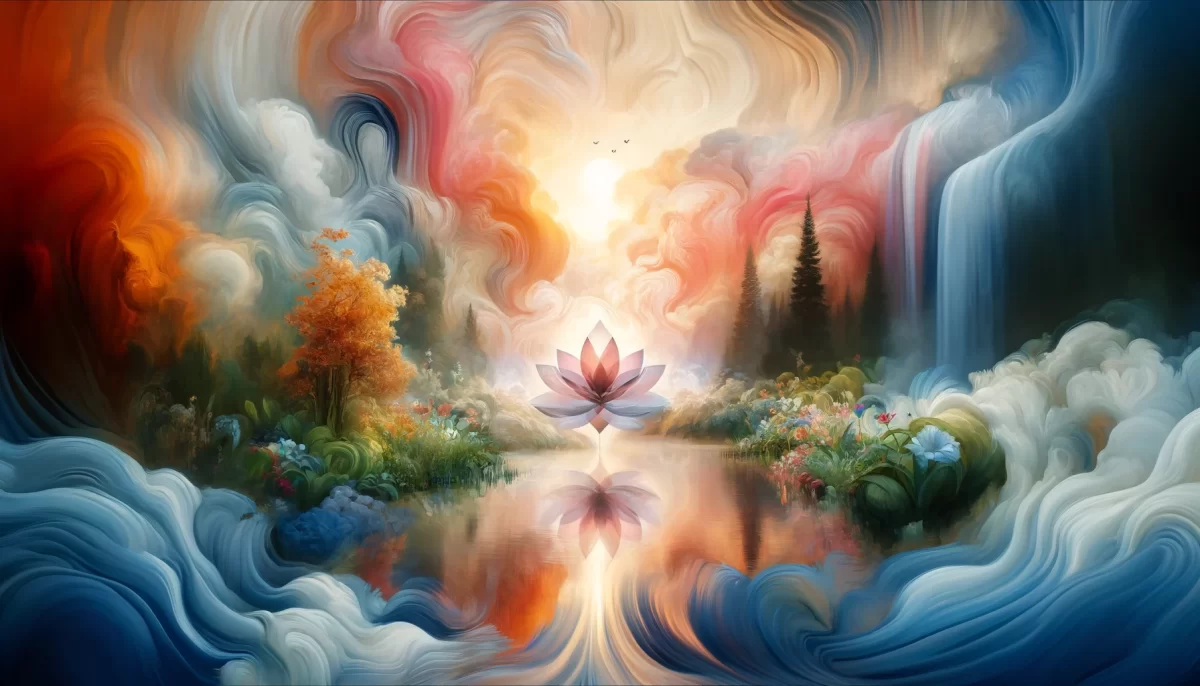
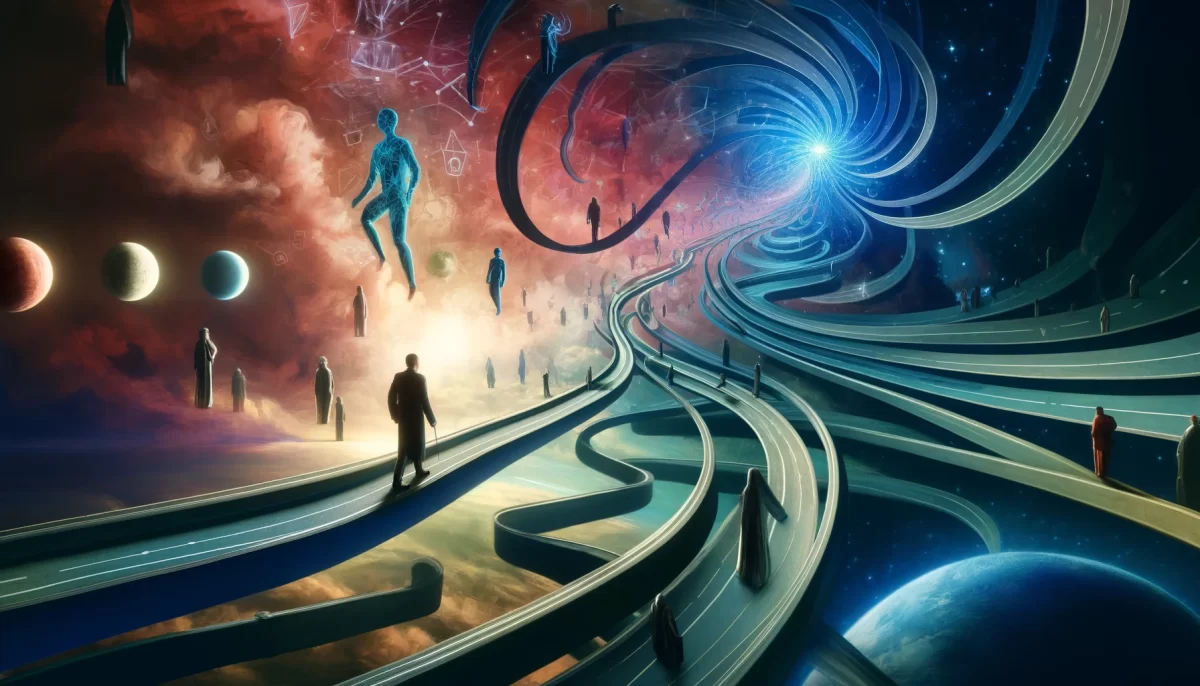
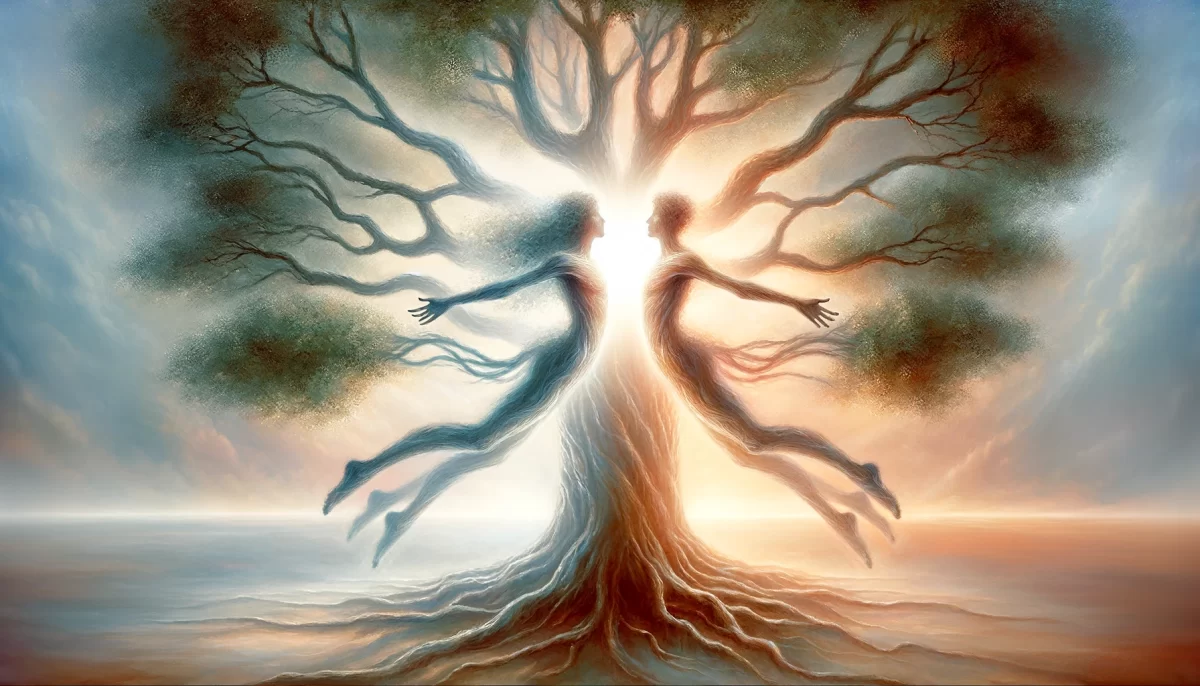
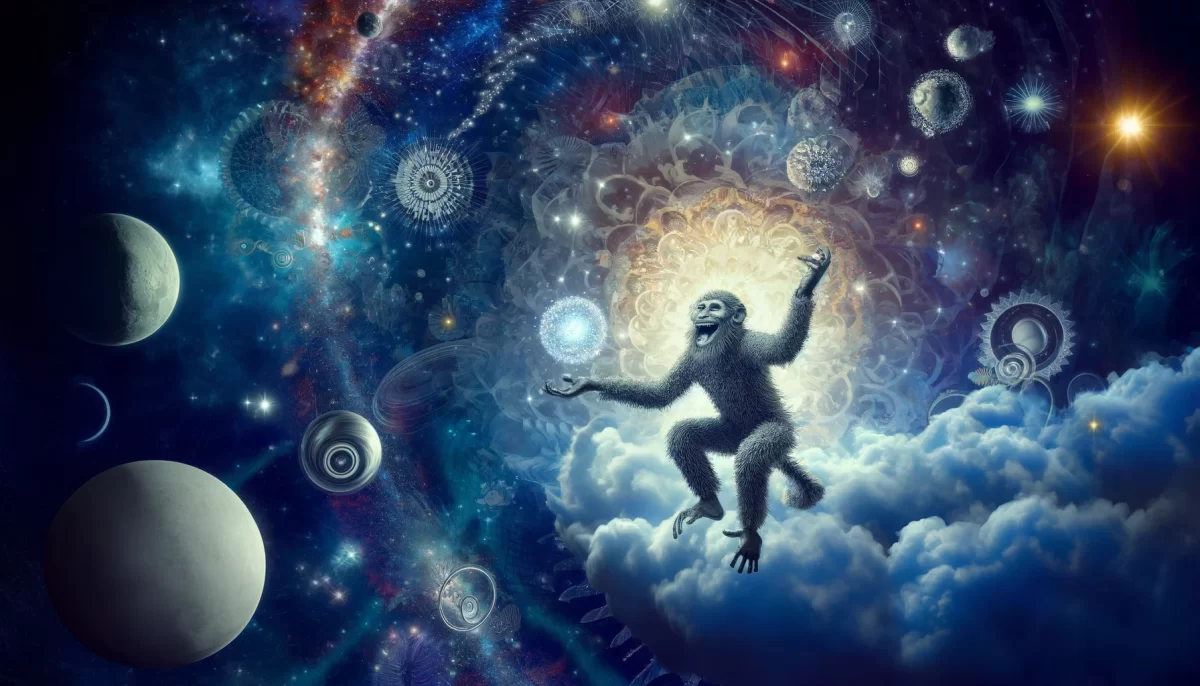
Leave a Reply